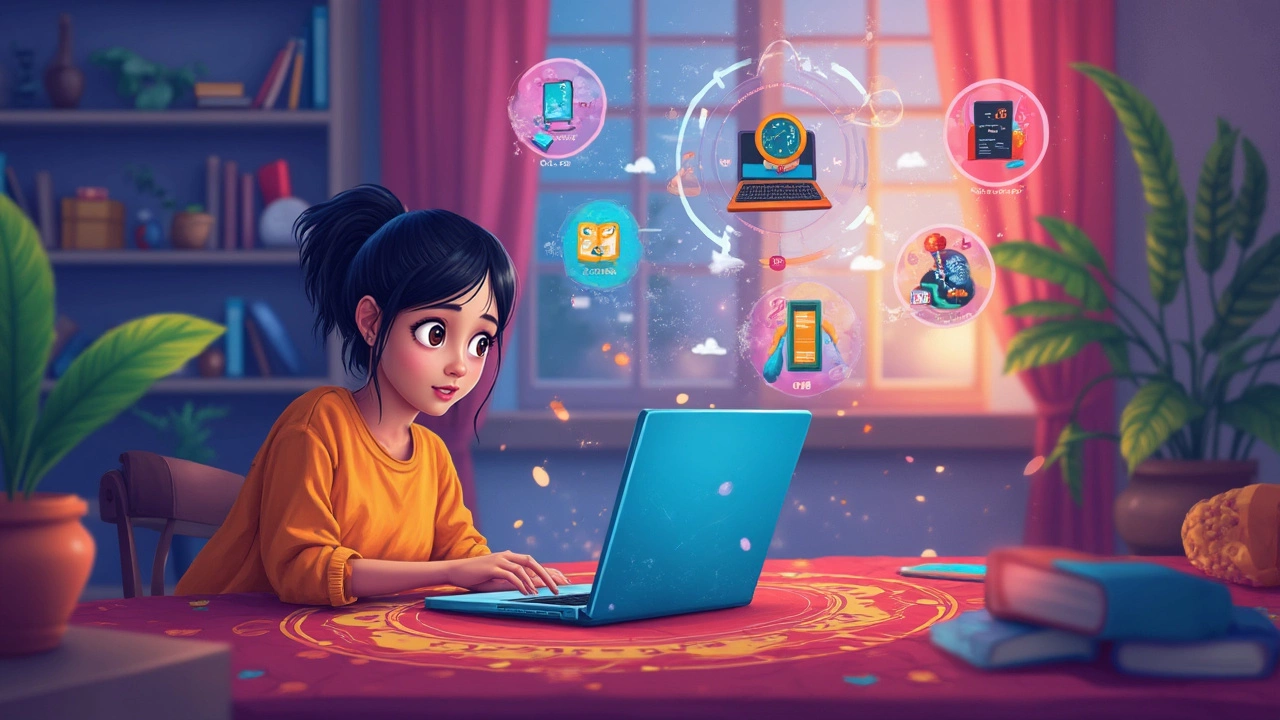Distance Education: What It Is, How It Works, and Why It Matters
When you think of distance education, a way of learning where students and teachers are physically separated and connected through technology. Also known as online learning, it e-learning, it breaks the rules of the traditional classroom by letting you learn anytime, anywhere—no commute, no fixed hours, just your device and your schedule. This isn’t just about watching videos or reading PDFs. It’s a full system built around virtual classrooms, digital spaces where students attend live lectures, submit assignments, and talk to teachers and peers in real time. These spaces rely on platforms like LMS systems, video tools, and messaging apps to keep learning alive even when everyone’s in different cities or time zones.
What makes distance education different from sitting in a lecture hall? For one, it’s built for real life. If you’re working a night shift, raising kids, or living far from a college, this model gives you access to degrees and certifications you wouldn’t get otherwise. It’s not just convenient—it’s necessary for millions. The tools behind it—like recorded lectures, discussion boards, and automated quizzes—are designed to keep you engaged without needing to be in the same room. And it’s not just for college students. Teachers, nurses, factory workers, and stay-at-home parents are using remote study, learning from home or on the go, often while balancing other responsibilities. The key? It works because it’s flexible, not because it’s easy.
There’s a myth that distance learning is less serious than campus-based education. But look closer. Many universities now offer the same degrees online as they do in person. Employers recognize these credentials. The real difference isn’t the quality—it’s the structure. You’re in charge of your pace, your time, and your focus. That’s why success here comes down to one thing: discipline. You don’t need a fancy degree to start. You just need a laptop, a quiet corner, and the will to keep going. The posts below cut through the noise. They show you how to pick the right program, how to stay motivated without a professor watching over you, and how to use tech tools so they help—not hurt—your progress. Whether you’re just curious or ready to enroll, you’ll find real advice here, not fluff.




